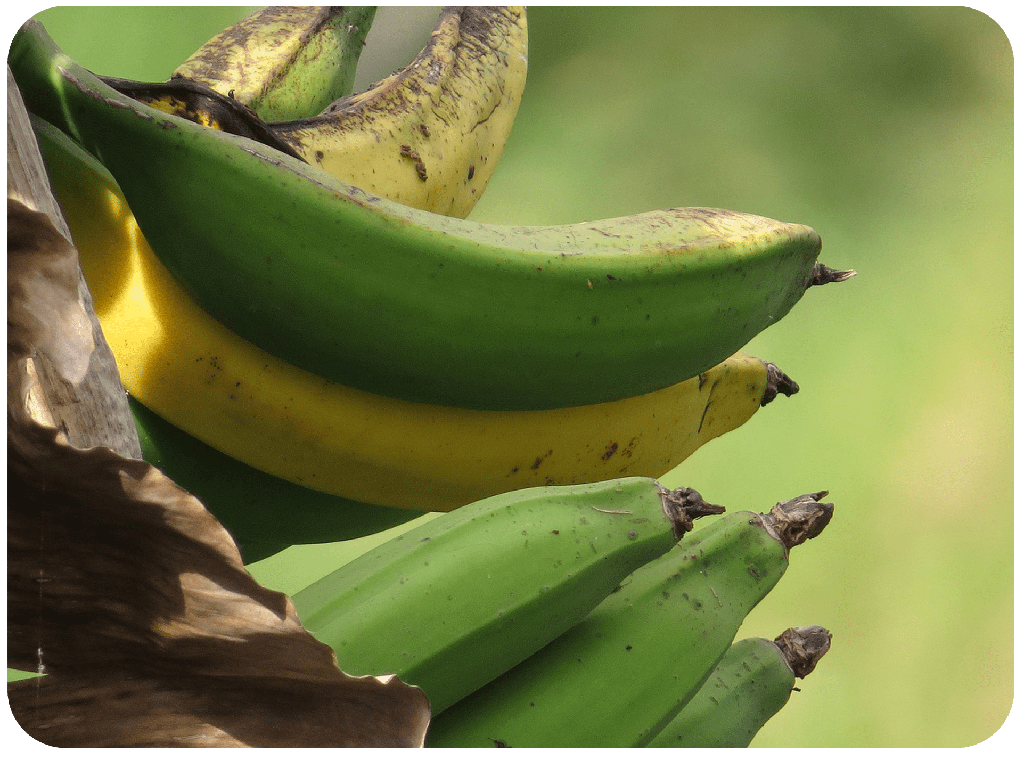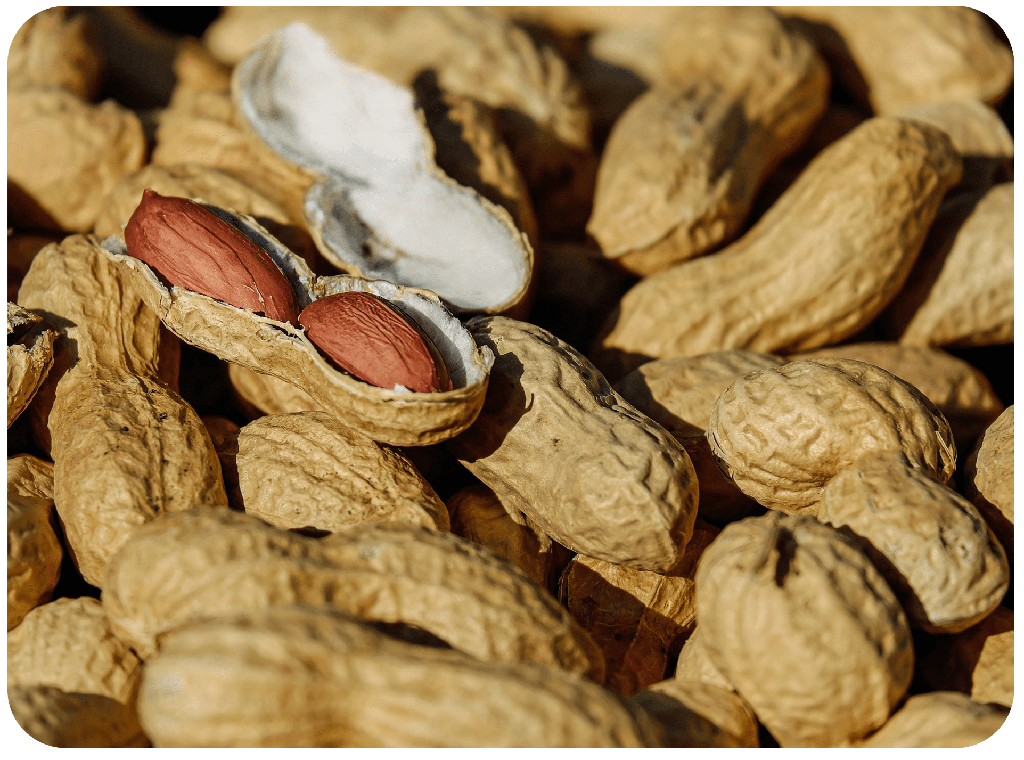Kokonut Genesis Farm at a Glance
Project Specifications
📅 Dates
Start date: Febraury 1, 2024
💰 Forecasted Budget
US$15,000.00 estimated
US$2.38 per square meter
💸 Source of Funding
Gitcoin Grants - Climate Solutions
🤑 Revenue Streams
- Fertilizers Wholesale
- Organic Fruits & Vegetables Wholesale
- Coconuts Wholesale
- Derivatives & By-Products
⚖️ Governance
Kokonut Core Team
🔂 Profit Allocation
- 30% Landlord
- 30% Kokonut Network
- 10% Kokonut Guilds
- 10% Kokonut Foundation
- 10% IRL Operations
- 10% R&D
🍀 Public Goods Allocation
10% via Kokonut Foundation
Introducing Kokonut Genesis
This is a series of videos about Kokonut Genesis Development

Building The Bio Factory - Part 1

Building The Bio Factory - Part 2

Building The Bio Factory - Part 3
Genesis Farm Overview
This is our model farm with an in-house Bio-factory producing organic fertilizers for our network.
Kokonut Genesis Farm is a pilot project under the Kokonut Network umbrella, aiming to deploy the latest version of the Kokonut Framework into a real-world eco-friendly agriculture project.
The project's objectives include creating job opportunities, enhancing the quality of life for contributors, and establishing a fair mechanism for funding, managing, and developing coconut plantations while maintaining a commitment to environmental preservation.
The Kokonut Network has obtained planting permits and aims to reduce the time to maturity in its operations from 4 years to merely 3 months.
The Climate Coordination Network funded the project and aims to be sustainable.
Growth Strategy
Regarding Kokonut Genesis, the growth strategy is simple, test out new methodologies and holistic approaches to sustainability, while we use our infrastructure as an onboarding tool to grow the network.
Kokonut Genesis Farm features an in-house Bio-Factory that produces organic fertilizers, nutrients, and pesticides in bulk to supply our network of farms and partners by using locally sourced components that create Positive Externalities.
Value Creation in a Community-Owned Syntropic Farm
Financial Capital
-
Generate revenue through the sale of diverse, organic produce
-
Reduce costs through minimized external inputs (fertilizers, pesticides)
-
Possibility of carbon credits or ecosystem services payments
Living Capital (Natural Capital)
-
Increase biodiversity on the farm & Improve soil health and fertility
-
Enhance local ecosystem services (pollination, water retention)
-
Sequester carbon in soil and perennial plants
Social Capital
-
Foster community connections through shared ownership and labor
-
Build relationships with local businesses and restaurants
-
Develop partnerships with schools for educational programs
Material Capital
-
Develop farm infrastructure (tools, irrigation systems, processing facilities)
-
Create value-added products from farm produce
-
Establish seed banks and nurseries
Intellectual Capital
-
Generate and share knowledge about syntropic farming techniques
-
Develop innovative agroforestry systems adapted to local conditions
-
Research crop yields, soil health, and ecosystem services
Experiential Capital
-
Provide hands-on learning opportunities in sustainable agriculture
-
Offer immersive experiences in nature and food production
-
Create opportunities for community members to develop new skills
Spiritual Capital
-
Cultivate a sense of purpose and connection to the land
-
Promote values of environmental stewardship and community cooperation
-
Honor and integrate local cultural and spiritual traditions related to agriculture
Cultural Capital
-
Create a model for sustainable, community-based agriculture
-
Develop a unique local identity centered around the farm
-
Foster a culture of environmental awareness and sustainable living
We employ several eco-friendly practices to reduce greenhouse gas emissions and enhance carbon sequestration:
-
Methane (CH4) reduction
-
Using seaweed-based organic fertilizers
-
Collaborating with local farmers to incorporate seaweed in cow feed
-
-
Nitrous oxide (N2O) reduction
-
Using 100% organic, in-house produced fertilizers
-
Implementing manure management strategies
-
Employing cover crops and crop rotation
-
Adopting no-till or reduced tillage practices (syntropic planting)
-
Integrating trees and agroforestry
-
-
Carbon sequestration
-
Implementing regenerative agriculture practices (estimated 0.4-1.2 metric tons of carbon per acre per year)
-
Creating food forests
-
Tracking land productivity and organic produce yield
-
-
Ocean impact
-
Collecting seaweed for fertilizer production
-
Organizing beach cleanups
-
Restoring marine habitats by reducing oceanic trash
This holistic approach aims to minimize the agricultural carbon footprint while promoting soil health, biodiversity, and marine ecosystem restoration.
Genesis Crops Gallery
This is a selection of crops for short, medium, and long-term yields, in addition to various trees planted for their ecological benefits.
Sustainable Development Goals
Community-Owned Syntropic Farm and SDGs Alignment








